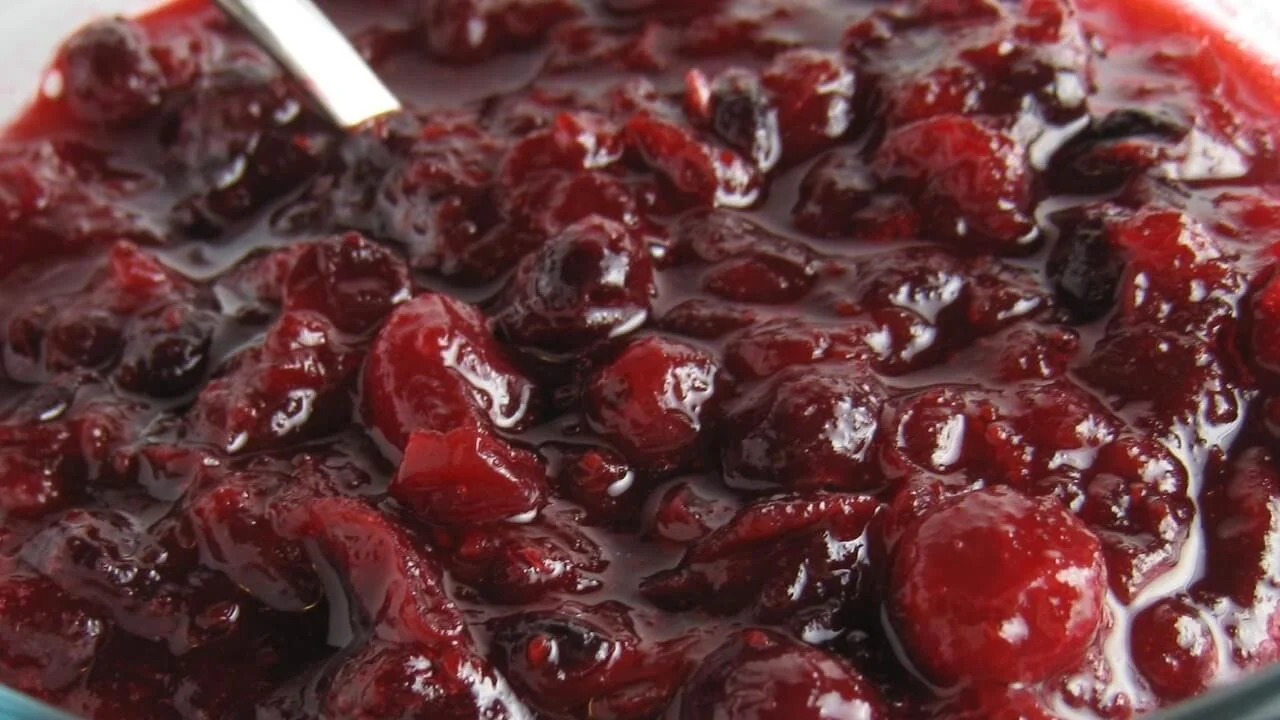#SimBlog: Gastroenteritis
““A 6-month-old child is brought to the ED by her mum with a 3-day history of diarrhoea and vomiting. She is vomiting all her feeds and has not passed urine since last night...””
Observations
A – Patent, crying
B – RR 45, Sats 95% in air
C – HR 160, BP 100/70, CRT 3 sec
D – Alert, BM2.5
E – No rashes
Clinical Findings
Dry lips and mouth
Reduced skin turgor
Sunken fontanelle
Why we simulated?
UHL AE Guideline for the Management of Gastroenteritis in under 5yr olds. Based on CG84 Nice Guideline.
Gastroenteritis is a common reason for attending the paediatric emergency department. Presentation varies widely and can be divided into three categories of severity:
No detectable clinical dehydration – these children and their families may just need some reassurance and advice for home fluid management.
Clinically dehydrated requiring rehydration fluids – this may be administered orally, NG or via IV fluid therapy depending on the clinical condition of the child.
Clinical signs of shock – these children need emergency treatment with a fluid bolus to help restore their circulating volume.
In addition to this, children who have struggled to keep fluids down or have large ongoing fluid losses, may be hypoglycaemic at presentation and early recognition and management of this is vital.
We performed this simulation to ensure our team were confident in making an initial assessment of the severity of gastroenteritis and had the skills to commence the management of a child presenting with signs of clinical shock and hypoglycaemia. We also wanted the team to demonstrate plans for their ongoing care by prescribing rehydration fluids appropriately, bearing in mind the need to mitigate against secondary hypoglycaemia.
In this case, the underlying diagnosis was a viral gastroenteritis, however it is important to always keep a broad differential in mind for any vomiting child presenting with shock and hypoglycaemia, considering the potential for another infective focus (UTI), surgical cause or an underlying metabolic disease.
Further Reading:
- NICE Guideline: Diarrhoea and vomiting caused by gastroenteritis in under 5s: Diagnosis and management
- RCM Learning Module: Gastroenteritis in children
- SickKids: Calculating maintenance fluids rates
Learning outcomes
Acute management of hypoglycaemia with 2 ml/kg 10% dextrose bolus will replace current glucose deficit but in the vomiting or unwell child this then needs to be maintained with fluid containing dextrose.
If you can, weight the child; IV fluid management calculations in children are different to those in adults and are based upon weight. Boluses of fluid used to treat shock are calculated at 20 ml/kg 0.9% Sodium Chloride and maintenance fluid requirements are based on ml/kg/hr calculations (please see the SickKids link above for more information).
Always keep a broad differential in the vomiting, dehydrated child – it is important to consider surgical and metabolic conditions in addition to infective causes.
Positive feedback
Team members identified signs of dehydration rapidly and graded severity correctly.
Demonstrated excellent use of team focusing statements to share new clinical information, including; ‘Team, we have a new priority now, this child is hypoglycaemic.’
Utilised near patient testing to assess for acid-base balance and acute electrolyte disturbances.








